1. Cleopatra’s Milk and Honey Baths
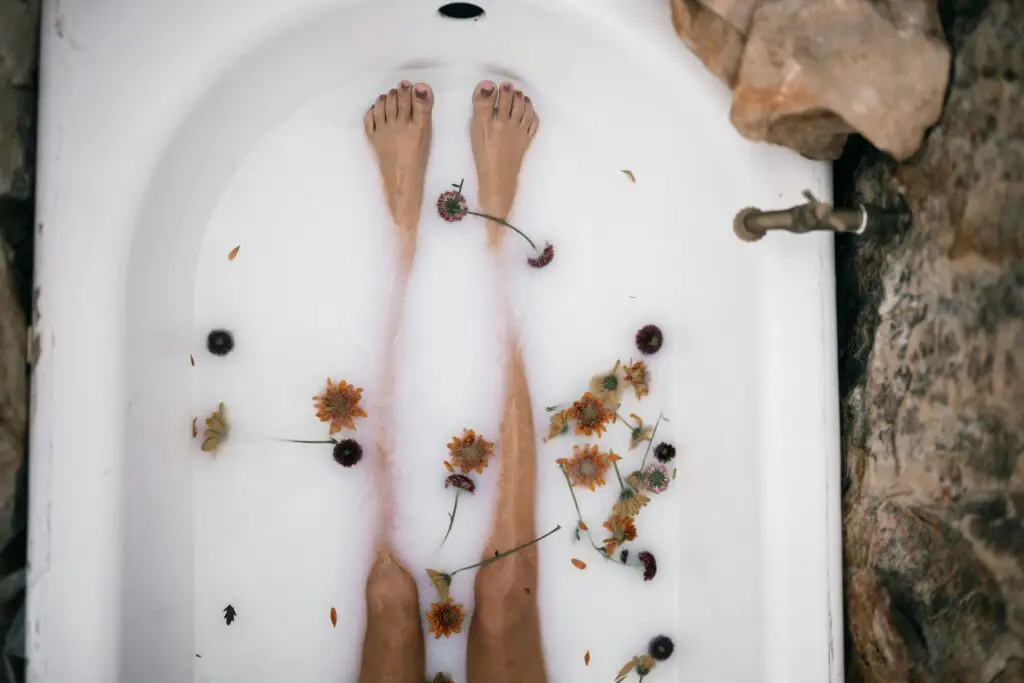
Cleopatra wasn’t just a legendary ruler—she was also a beauty icon. Her secret? Luxurious baths made with milk and honey. The lactic acid in milk gently exfoliates dead skin, while honey is a natural humectant, locking in moisture. Modern dermatologists agree that lactic acid is an effective exfoliant, often found in high-end skincare products. Honey, with its antibacterial properties, also helps with acne and inflammation. Cleopatra likely added essential oils and rose petals to her baths, creating a spa-like experience long before modern skincare existed shares Dr. Axe.
Today, people still use milk and honey masks for glowing skin. Some even take milk baths to soothe eczema or dry patches. While cow’s milk is common, plant-based options like oat or almond milk can be just as soothing. If you don’t want to fill your whole tub with milk, a simple DIY honey and yogurt face mask can offer similar benefits adds Good Housekeeping. Cleopatra may have had royal resources, but her skincare routine is surprisingly accessible today.
2. Greek Yogurt Face Masks
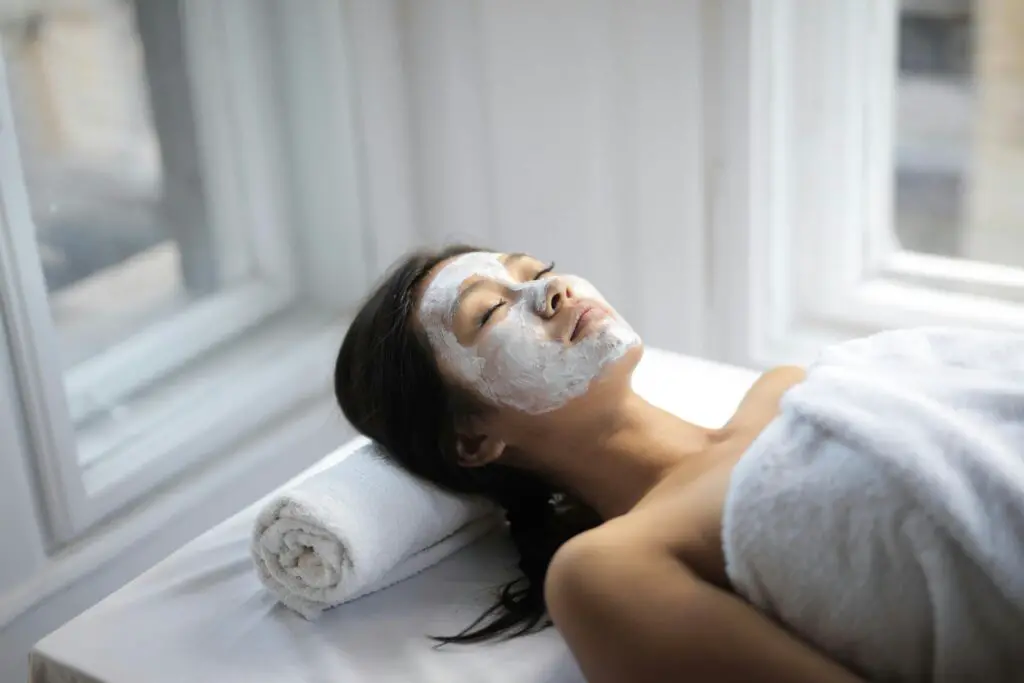
The ancient Greeks were onto something with their yogurt-based skincare. Rich in probiotics, yogurt helps balance the skin’s microbiome, reducing breakouts and irritation. The lactic acid in yogurt also acts as a mild exfoliant, helping to brighten the skin. Greek women often mixed yogurt with honey or olive oil for extra hydration. Science backs up this tradition, with studies showing that probiotics can reduce redness and improve skin texture says Marie Claire.
Many beauty brands now incorporate yogurt extracts into their products, but you can still use the classic DIY version. Applying plain Greek yogurt as a mask for 10–15 minutes can leave your skin feeling soft and refreshed. If you have sensitive skin, it’s a gentle way to exfoliate without harsh scrubs. The best part? You probably already have yogurt in your fridge, making it an easy beauty fix.
3. Roman Olive Oil Moisturizer

Ancient Romans swore by olive oil for soft, hydrated skin. They used it as a cleanser, moisturizer, and even a hair treatment. Packed with antioxidants and healthy fats, olive oil helps fight free radicals and slow down signs of aging. Today, dermatologists recommend olive oil as a natural way to keep skin hydrated, especially for people with dry or sensitive skin. It also contains squalene, a compound that mimics the skin’s natural oils, making it an excellent choice for moisture retention shares Camille Styles.
Some modern beauty products still use olive oil, but you can apply it directly to your skin for a simple, natural alternative. It works well as a makeup remover, body oil, or even a deep-conditioning hair treatment. However, those with acne-prone skin should use it sparingly, as it can be a bit heavy. For an extra boost, mixing olive oil with essential oils like lavender or chamomile can enhance its soothing properties.
4. Egyptian Rose Water Toner
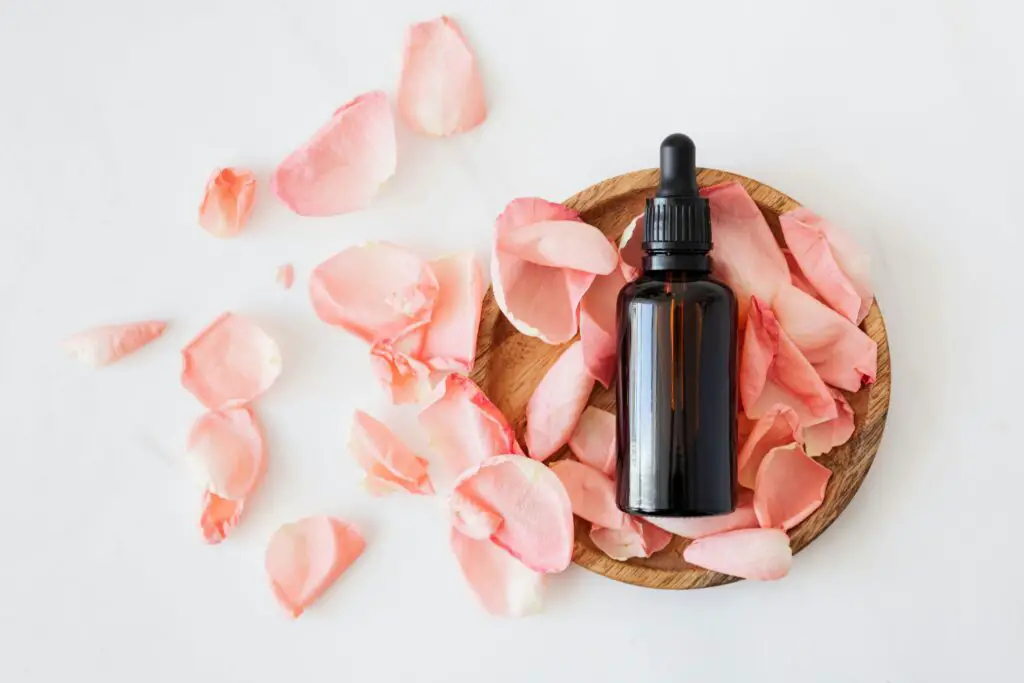
Ancient Egyptians adored rose water for its skin-soothing properties. They used it as a toner, perfume, and even in spiritual rituals. Rose water has natural anti-inflammatory properties, making it perfect for calming irritated skin. Modern dermatologists recognize its benefits, with studies showing that rose water can reduce redness and balance the skin’s pH. It’s also packed with antioxidants, helping to combat signs of aging says New York Post.
Many skincare brands include rose water in their toners and mists, but pure rose water is still widely available. You can spritz it on your face throughout the day for a refreshing boost. It also works as a gentle makeup remover or hair mist. Cleopatra herself was said to bathe in rose water—proof that this ancient beauty secret is still a timeless classic.
5. Indian Turmeric Masks

Turmeric has been a staple in Indian beauty rituals for centuries. Brides often use a turmeric mask before their wedding day for a radiant glow. The curcumin in turmeric has powerful anti-inflammatory and antibacterial properties, making it great for acne and redness. Modern science backs this up, with research showing that turmeric can help with skin conditions like eczema and psoriasis. It also has brightening properties, helping to even out skin tone.
DIY turmeric masks remain popular, often mixed with yogurt or honey. Just be careful—turmeric can stain the skin if left on too long! A small amount goes a long way, and mixing it with milk can help reduce staining. Many skincare brands now include turmeric in serums and creams, proving this ancient remedy has stood the test of time.
6. Chinese Jade Rollers
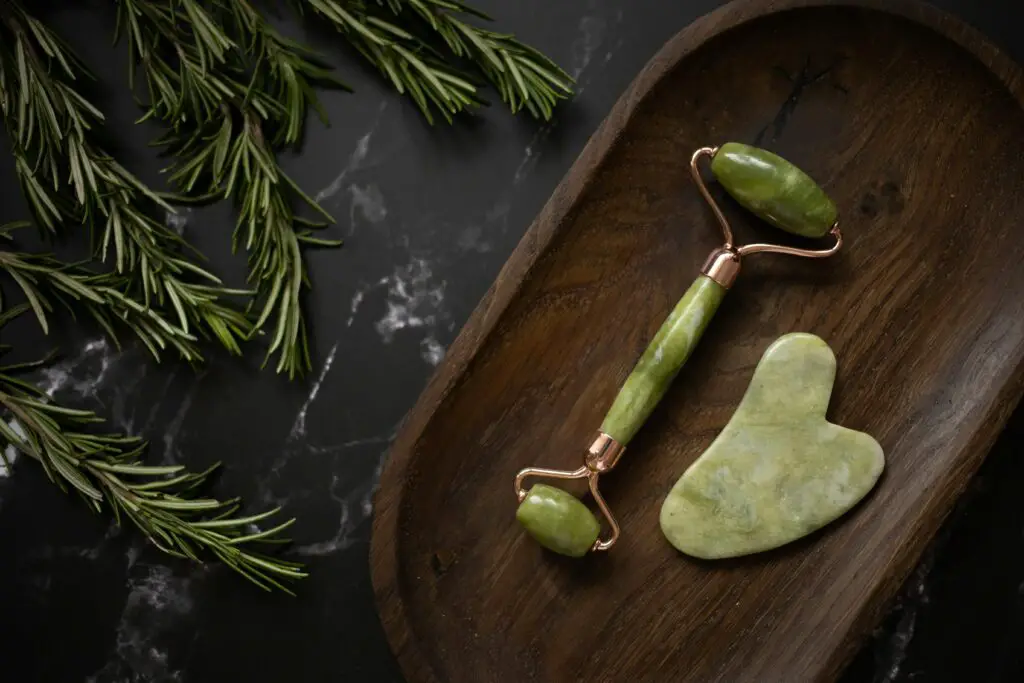
The use of jade rollers dates back to ancient China, where they were believed to promote circulation and reduce puffiness. Today, they’re a trendy skincare tool, often used to enhance lymphatic drainage. Science suggests that facial massage can improve blood flow and boost collagen production. Jade naturally stays cool, making it perfect for soothing inflammation and depuffing under-eye circles.
For best results, beauty experts recommend using a jade roller with a facial oil or serum. The rolling motion helps products absorb better into the skin. While some may see it as just another beauty trend, jade rollers have been trusted for centuries. Whether you use jade or rose quartz, the gentle massage alone can be a relaxing addition to your skincare routine.
7. Japanese Rice Water Rinse

Ancient Japanese women rinsed their hair and skin with rice water for its nourishing benefits. Rich in vitamins and amino acids, rice water helps strengthen hair and brighten skin. Today, studies confirm that rice water contains compounds that promote hair growth and improve skin elasticity. It’s also packed with antioxidants, helping to protect against environmental damage.
Many modern shampoos and serums now feature rice water, but you can make your own at home. Simply soak rice in water for 30 minutes, strain it, and use the liquid as a rinse. It can be applied to the hair before shampooing or used as a toner for the face. This simple ritual remains a beauty favorite, proving that sometimes, the best solutions are the most natural ones.
8. Persian Saffron Masks
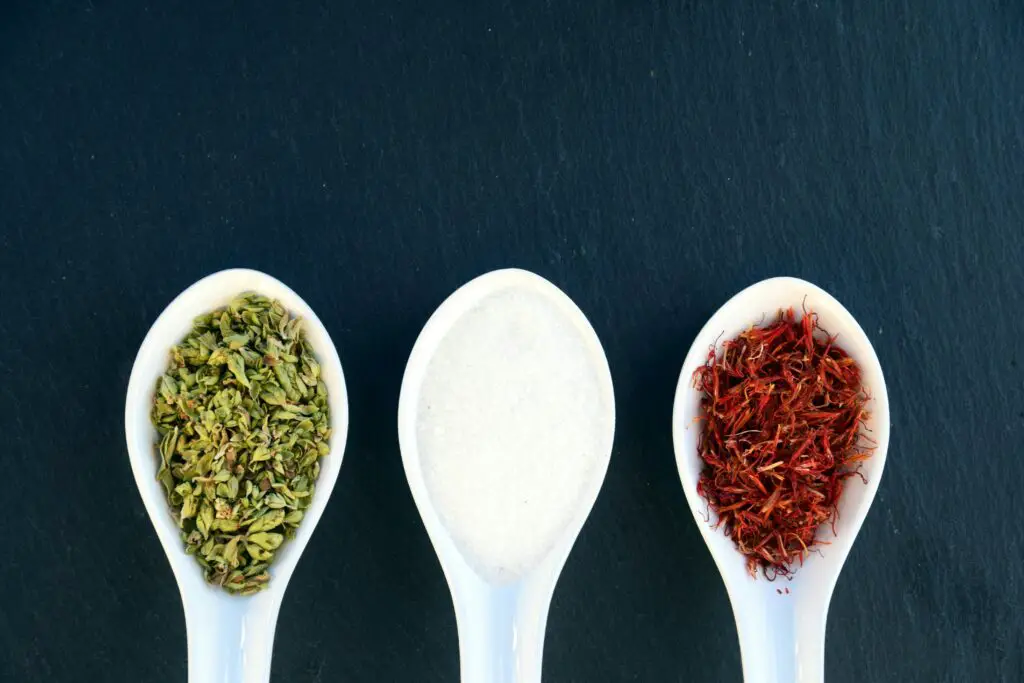
Persian women have used saffron-infused masks for centuries to achieve a luminous complexion. Saffron is loaded with antioxidants and has antibacterial properties, making it great for acne-prone skin. It also boosts circulation, giving the skin a natural glow. Studies have shown that saffron can help with hyperpigmentation and sun damage, making it a powerful anti-aging ingredient.
Though saffron is one of the most expensive spices in the world, only a tiny amount is needed for skincare. Mixing saffron with milk or honey creates a luxurious DIY mask. Some high-end beauty brands now incorporate saffron into their formulas, proving its timeless appeal. If Cleopatra had access to saffron, she would’ve definitely added it to her routine.
9. African Shea Butter Moisturizer
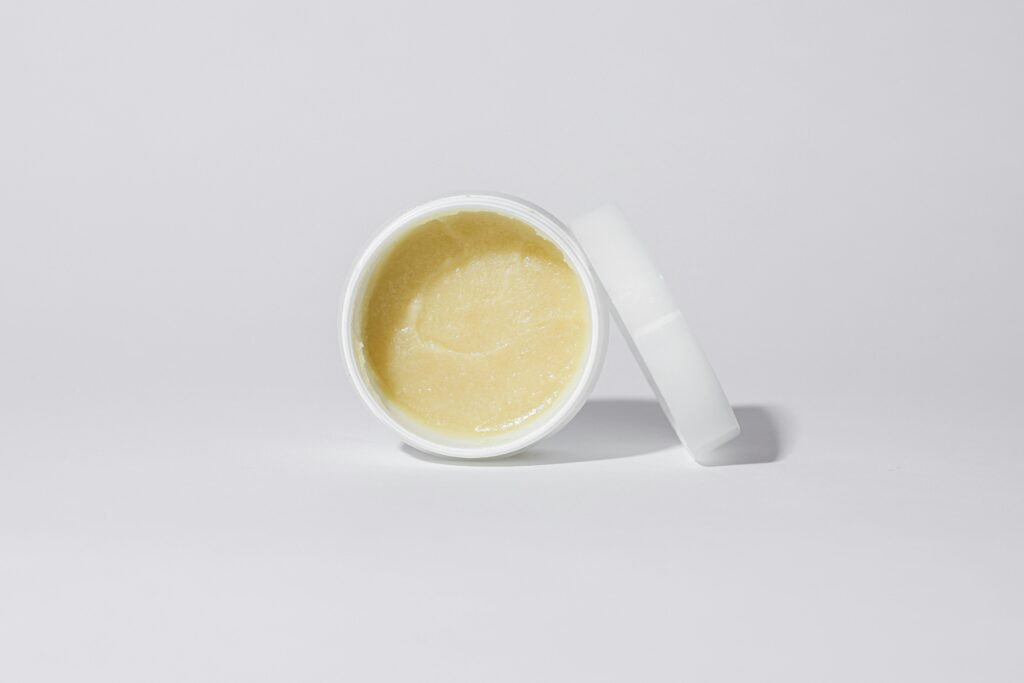
Shea butter has been a beauty staple in Africa for centuries. Packed with vitamins A and E, it deeply nourishes and heals the skin. Modern dermatologists recommend it for dry skin, stretch marks, and even minor wounds. It also contains anti-inflammatory compounds, making it great for eczema and sensitive skin.
Unlike many store-bought lotions with additives, pure shea butter remains one of the best natural moisturizers. It melts into the skin, providing long-lasting hydration without clogging pores. Many skincare brands now highlight shea butter as a key ingredient. But the best way to use it? Just as it’s been used for centuries—pure and simple.
10. Middle Eastern Sugar Waxing
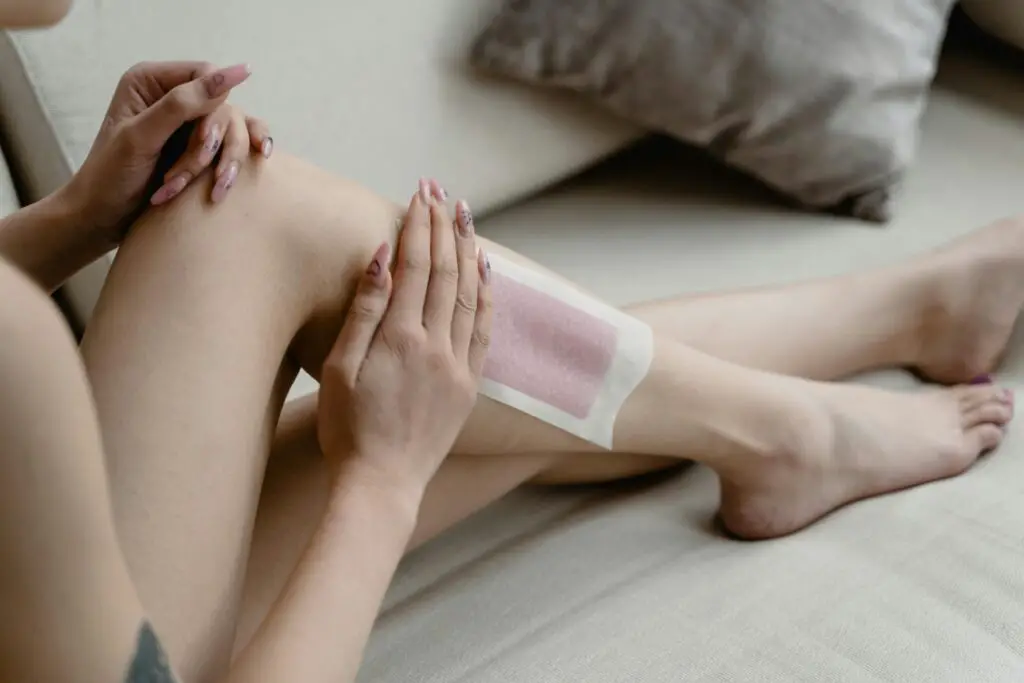
Sugaring, an ancient hair removal method from the Middle East, is still popular today. Made with just sugar, lemon, and water, it’s a natural alternative to chemical-laden waxes. Unlike traditional waxing, sugaring adheres to hair rather than skin, reducing irritation. Dermatologists praise it for being gentler and less likely to cause ingrown hairs.
Many salons now offer sugaring, but you can also make it at home. The best part? It’s affordable and made from ingredients you likely already have. Sugaring is proof that sometimes, the simplest beauty treatments are the most effective.
11. Aztec Clay Masks
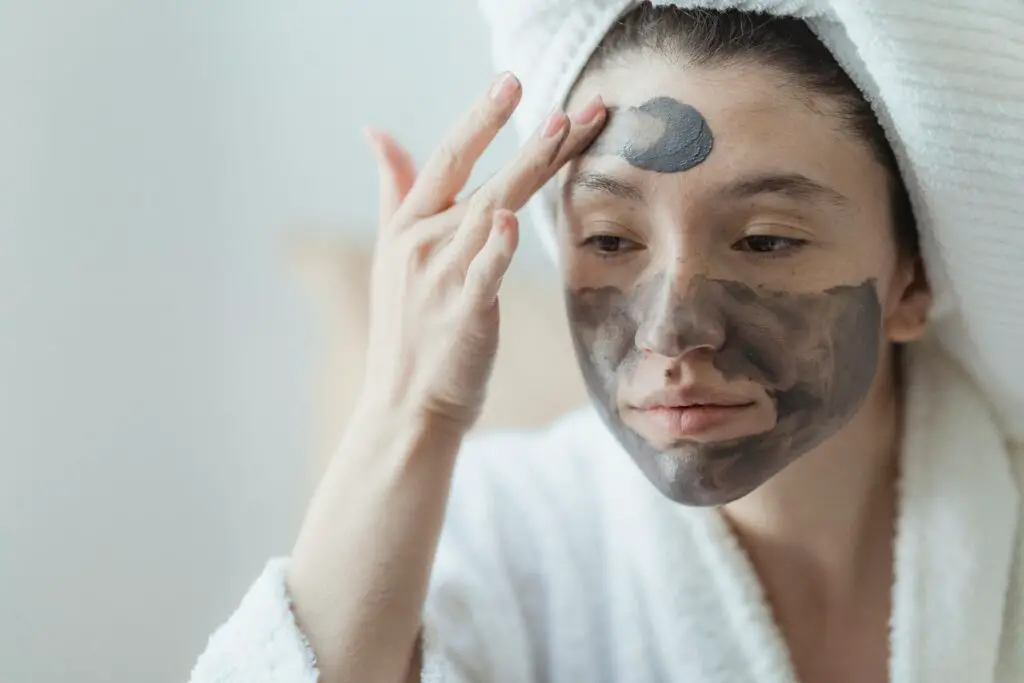
The ancient Aztecs used natural clay to cleanse and purify their skin. Bentonite clay, a type of volcanic ash, absorbs excess oil and toxins, making it a favorite for those with acne-prone skin. Modern science confirms that bentonite clay has antibacterial properties and helps to unclog pores. It also contains minerals like calcium and magnesium, which nourish the skin. Many people today use clay masks to detoxify and tighten their pores.
To make a simple mask, mix bentonite clay with water or apple cider vinegar for extra exfoliation. It works as a spot treatment for breakouts or as an all-over mask for deep cleansing. Some even use it in their hair to remove product buildup. Though skincare technology has advanced, this ancient beauty ritual remains a go-to for clear skin.
12. Nordic Sauna Therapy

Nordic cultures have used saunas for centuries to cleanse the body and improve circulation. Sweating helps to detoxify the skin, flushing out impurities. Modern research shows that regular sauna use can improve skin elasticity and increase collagen production. It also boosts circulation, bringing more oxygen to the skin and promoting a natural glow. Many dermatologists agree that sweating can help keep pores clear and reduce breakouts.
Today, infrared saunas are popular for their skin and relaxation benefits. If you don’t have access to one, a simple steam facial can offer similar effects. Steaming opens up the pores, making it easier for skincare products to absorb. Whether it’s a full sauna session or a quick steam treatment, this ancient practice remains one of the best ways to refresh your skin.
